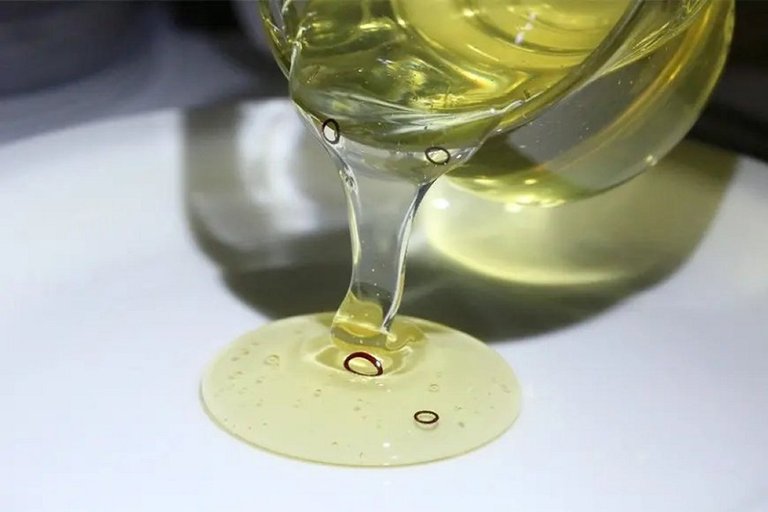Microrobot
Ring-shaped microrobot swims autonomously in viscous liquids
A small robotic ring, driven by light, can move autonomously in viscous liquids, such as honey, gels or even mucus.

A small robotic ring, driven by light, can move autonomously in viscous liquids, such as honey, gels or even mucus.

This innovation marks a major step forward in the development of microrobots capable of navigating complex environments, with promising applications in fields such as medicine and environmental monitoring.
Nature has devised ingenious methods for microorganisms to navigate their typically viscous environments. For example, E. coli bacteria employ corkscrew movements, cilia move in coordinated waves, and flagella propel their holders through a whip-like beat. However, swimming at this scale is similar to a human trying to swim through honey, due to the overwhelming viscous forces.
Zixuan Deng and his colleagues at Tampere (Finland) and Anhui Jianzhu (China) universities have figured out how to meet this challenge.
To create their robotic ring — the team calls it a toroidal microrobot — the researchers used a synthetic material known as liquid crystalline elastomer. This elastomer reacts to light and heat stimuli, for example triggered by a laser beam. When heated, the material rotates on its own due to a special mode of zero elastic energy, caused by the interaction of static and dynamic forces.
"The implications of this research go beyond robotics, potentially impacting fields such as medicine and environmental monitoring. For example, this innovation could be used to transport medicines through physiological mucus and unclog blood vessels after miniaturization of the device," said Deng.
Physicist Edward Purcell was the first, in 1977, to imagine a toroidal topology - a donut shape - to improve the navigation of microscopic organisms in environments where viscous forces are dominant and inertial forces are negligible. These conditions are known as the Stokes regime, occurring at very low Reynolds numbers, typically less than 1, making the fluid flow smooth and laminar, without turbulence.
Although it looked promising, it took almost 50 years for the first toroidal swimming robot to be demonstrated in practice.
The team's achievement was precisely to simplify things, eliminating the need for complex architectures: Using a single beam of light to trigger non-reciprocal movement, toroidal microrobots take advantage of zero elastic energy mode to determine their movements autonomously - It sounds like a complicated name, but zero elastic energy mode is a configuration in which no component of the system is storing elastic potential energy, like a compressed spring.
"Our innovation enables three-dimensional free swimming in the Stokes regime and opens up new possibilities for exploring confined spaces such as microfluidic environments. Furthermore, these toroidal robots can switch between rolling and self-propulsion modes to adapt to their environment," said Deng.
The team now aims to study the interactions and collective dynamics of multiple toroidal microrobots operating in the same environment, eventually developing communication methods between these microrobots to perform more complex tasks.